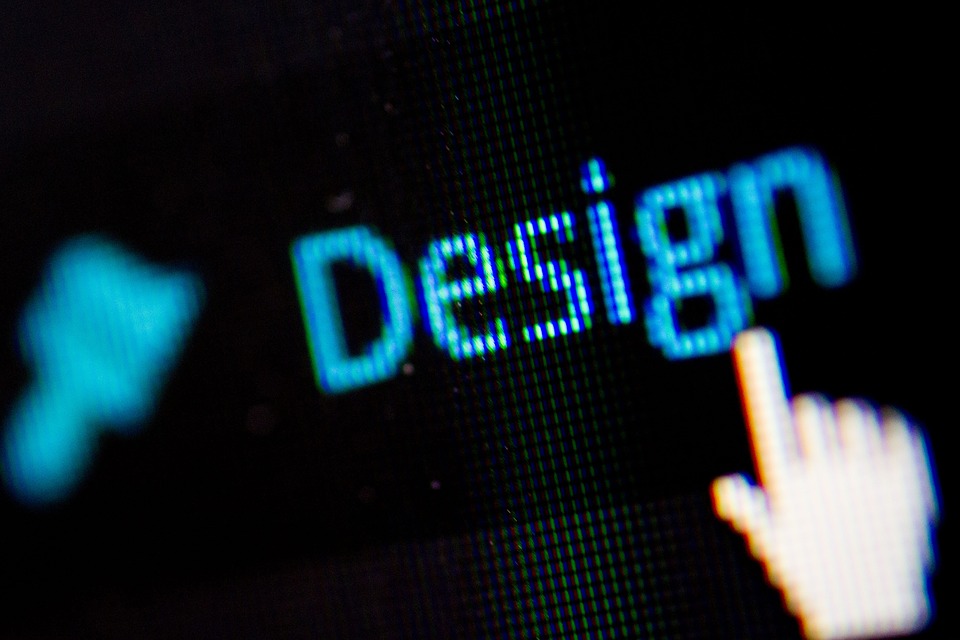Color And Ux -How To Use Color In Your Ux Designs

User Interfaces are groups of visual elements and infinitely different design blocks. They’re used to create graphically appealing, code-free portals between users and software platforms. Experts at Adobe mention that “Great color palettes can create the right mood and motivate visitors to take an action.”With User Experience, also known as UX, overlays incorporated into an otherwise flat UI framework, well, interfaces gain a whole other level of emotionally charged influence.
Think of the three accepted levels of platform interactivity. At the raw code level, ones and zeros collect into hexadecimal blocks to create lightning-fast digital instructions. That’s how the old command line and UNIX operating systems operated. Be that as it may, it took years of computer coding experience to master the basics of this machine language.
Next came the User Interface, which added buttons, pages, display elements, and much more. Something was still missing, though. Fast forward to today, and web design professionals don’t just build semi-interesting UI platforms anymore, they create communications conduits that add psychological impact to their designs. Upon reflection, UI design is important, but UX layouts inject web design projects with color-infused vitality.
So, what’s the thrust of this argument? What point is this article striving to carry across to its curious audience? Put it this way, human beings are simultaneously rational and emotionally driven creatures. They can make a logical decision, as prompted by a menu or link entry on a web page, but they can also just as likely make a spur of the moment decision, perhaps as nudged by a colorful link tone.
It’s the same in a book, with people speeding through a fast-paced work of fiction because of pages of cleverly selected prose. In other words, the right words create exciting visual images. Likewise, intelligently applied UX practices create compelling palette mixes, which attract web traffic in predictable ways.
As a very basic example of this psychologically derived precept, black is often perceived as a negative color, while white content is considered a positive influence. But there’s so much more to this fascinating field of visually-oriented web styling, and we’ve barely scratched the surface, as the saying goes.
Let’s look at this field of study from a web develops point of view. A client wants traffic, wants to sell a product or service. Maybe there’s a need to impart information, to pass on a controversial political opinion or a piece of new scientific knowledge.
By designing a streamlined user interface, visitors can definitely explore the website, but their journey is haphazard, wholly unguided and directionless. Left unmoved by the whole experience, there’s no way to guarantee their return. A customer is lost, a site devotee goes back to wandering the internet wilderness, or a seeker of knowledge looks elsewhere for nuggets of news. That’s not a very good design pipeline, not if people are forgetting the website as soon as they’ve left. Color adds impact, adds aesthetic appeal to formerly flat website layouts.
An informed selection of colors, a web palette that’s intended to communicate a particular mood, serves as a catalyzing force. With this visually tuned language in the hands of a seasoned UX designer, a trip through the pages of a website become a more engaging, much more memorable event.
Think of a user interface as the bare bones of a software application or website. After all, a Windows operating system looks a whole lot different from a Mac interface. That Microsoft workspace can be cleaned up and personalized, of course. Still, Mac interfaces tend to look cleaner, more stylish. It’s the same with website design, although there’s no simple binary separating two popular product mainstays here.
No, there are literally millions of websites, and every one of them wants to attract an audience. To do so, the UX employed on each of those pages must convey some kind of inner logic of a sort. Cascading Style Sheets are used to inject websites with a sense of color-coordinated consistency. The little code sheets also make sure websites use the same fonts and text formatting, to name but a few of the attributes the rules can control.
Then there’s the HTML code, but that’s a topic that takes this article all the way back to user interface coding, not the color-coordinated UX work that carries all of the psychological punch.
User interfaces are incredibly important, but they appeal to the logical half of the brain. To sweep a visitor up in an emotionally charged wave of navigation guiding zeal, web development masters use color. They use carefully selected color palettes to convey a desired, visually-oriented mood straight to the eyes of new and old visitors alike.
With that emotive punch in place, web traffic climbs exponentially, Better yet, after a visitor leaves, there’s a good chance they’ll return because they feel engaged by that palette, by the positive vibes carried by those cleverly tuned hues and saturation levels.





